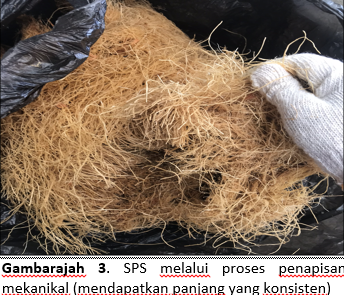The Potential Use of Palm Frond Fibre on the Mechanical Performance of Lightweight Foamed Concrete
DOI:
https://doi.org/10.37934/ard.120.1.3646Keywords:
Lightweight foamed concrete, compressive strength, splitting tensile, micro crack, palm frond fibreAbstract
Cracking in concrete resulting from plastic, autogenous, and drying shrinkage presents a significant concern in the Malaysian construction industry, as it directly impacts the long-term durability and performance of structures. Exposure to diverse climatic conditions over its lifespan renders the structure susceptible to the infiltration of deleterious elements such as chlorides and carbonates, which induce corrosion in the steel reinforcement and compromise the overall integrity of the structure. This study examines the laboratory assessment of fibres extracted from oil palm skins for their possible application in lightweight foamed concrete (LFC) to enhance mechanical strength attributes. LFC samples were supplemented with volume fractions of 0.1%, 0.2%, 0.3%, and 0.4% palm frond fibre (PFB). Three LFC densities are considered namely 600 kg/m³, 800 kg/m³, and 1000 kg/m³. The parameters studied include compressive strength, splitting tensile strength, and flexural strength. The test findings indicate that the application of 0.3% PFB in LFC yields the optimal outcomes for compressive, splitting tensile, and bending strengths. PFB serves as a space filler, bridging gaps and micro-cracks in LFC, hence enhancing strength. Furthermore, SPS aids in the prevention of micro-cracks during the plastic phase of LFC. This study offers significant experimental data to aid future researchers in the domain of LFC in utilising natural fibres to enhance the mechanical performance of LFC. This study aspires to address a gap in cement-based research by utilising natural fibres as substitutes for traditional fibres like glass and steel. This transformation is attributable to the enhanced value provided by natural fibres, particularly regarding sustainability.
Downloads























